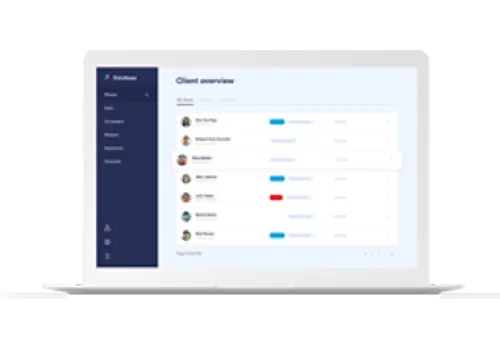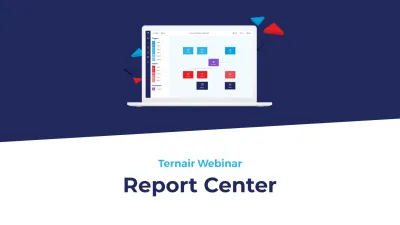Although the terms CDP, CRM and DMP are regularly used interchangeably, these systems each have a unique role in the management and use of customer data. Below is a closer look at the key differences:
CDP vs. CRM: Dynamic versus historical customer management
A Customer Relationship Management (CRM) system focuses on managing 1-to-1 customer relationships, with an emphasis on interactions between customers and an organization. CRMs are ideal for sales and customer service teams because they provide a historical record of customer communications, such as emails, quotes and appointments.
Limitations of a CRM: While a CRM is valuable for managing relationships, it often lacks real-time behavioral data, such as interactions on a Web site or in a mobile app. Also, the data in a CRM is usually limited to 1-to-1 relationships, lacks the still-anonymous leads, and it can be difficult to create dynamic customer segments with it.
Advantages of a CDP: A CDP goes further by integrating real-time behavioral data and other forms of first-party data into a single dynamic customer profile. This makes it possible not only to analyze the past, but also to make predictions and respond directly to customer behavior.
In short, a CRM is primarily a sales tool and tells you what happened to a customer in the past, while a CDP is a marketing tool that shows you what is happening now and provides opportunities to act on it.





